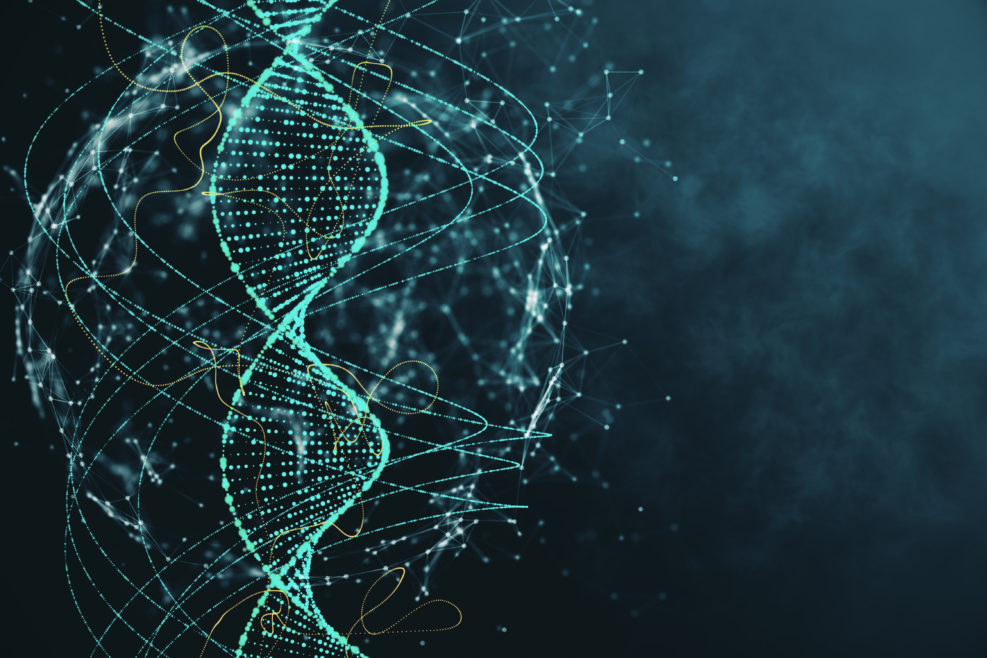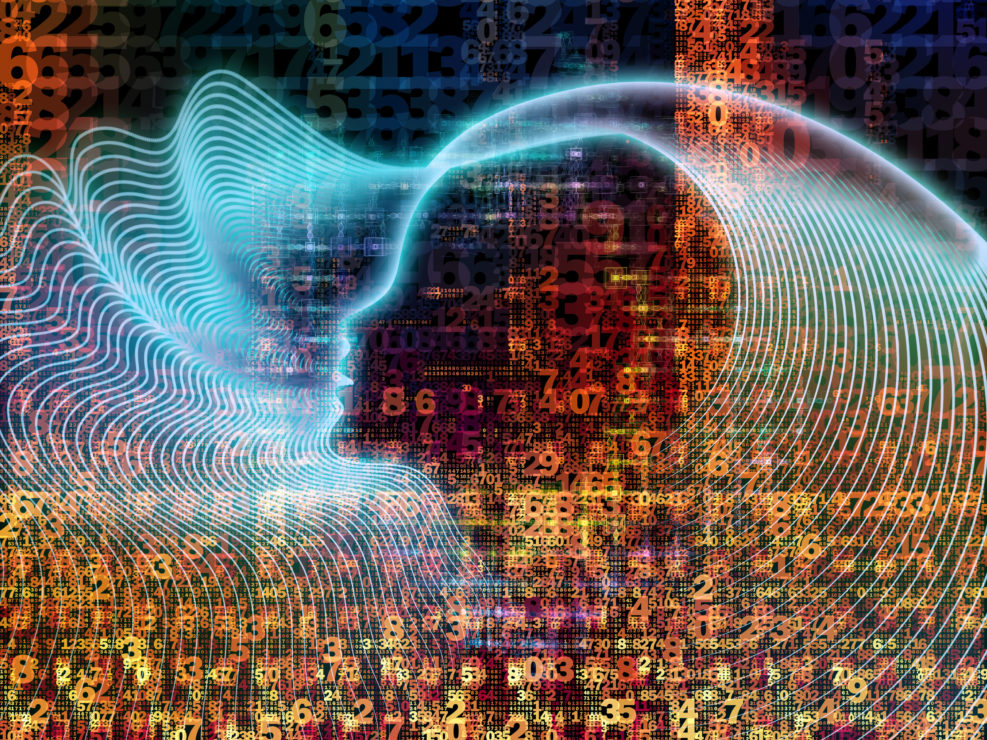
Amazon’s “Mindful Practice Rooms” Backfire
It turns out the human soul needs far more than a telephone booth with a computerAmazon posted a video this week featuring a “mindful practice room” – a new company initiative to give employees a mental and emotional break during their work day. The room is just one component of their WorkingWell program, which is intended to ease worker stress by providing them with tools and training for better physical, mental, and emotional well-being. The video did not go over as hoped, however, and Amazon took it down. The Guardian called the rooms “coffin-like booths”, Gizmodo called it “a dystopian solution” to long work hours and harsh conditions, and Twitter users went to town with their own sarcastic tweets and memes. The now-deleted video featured Amazon worker Leila Brown, creator of the “ZenBooth”, which she Read More ›


















